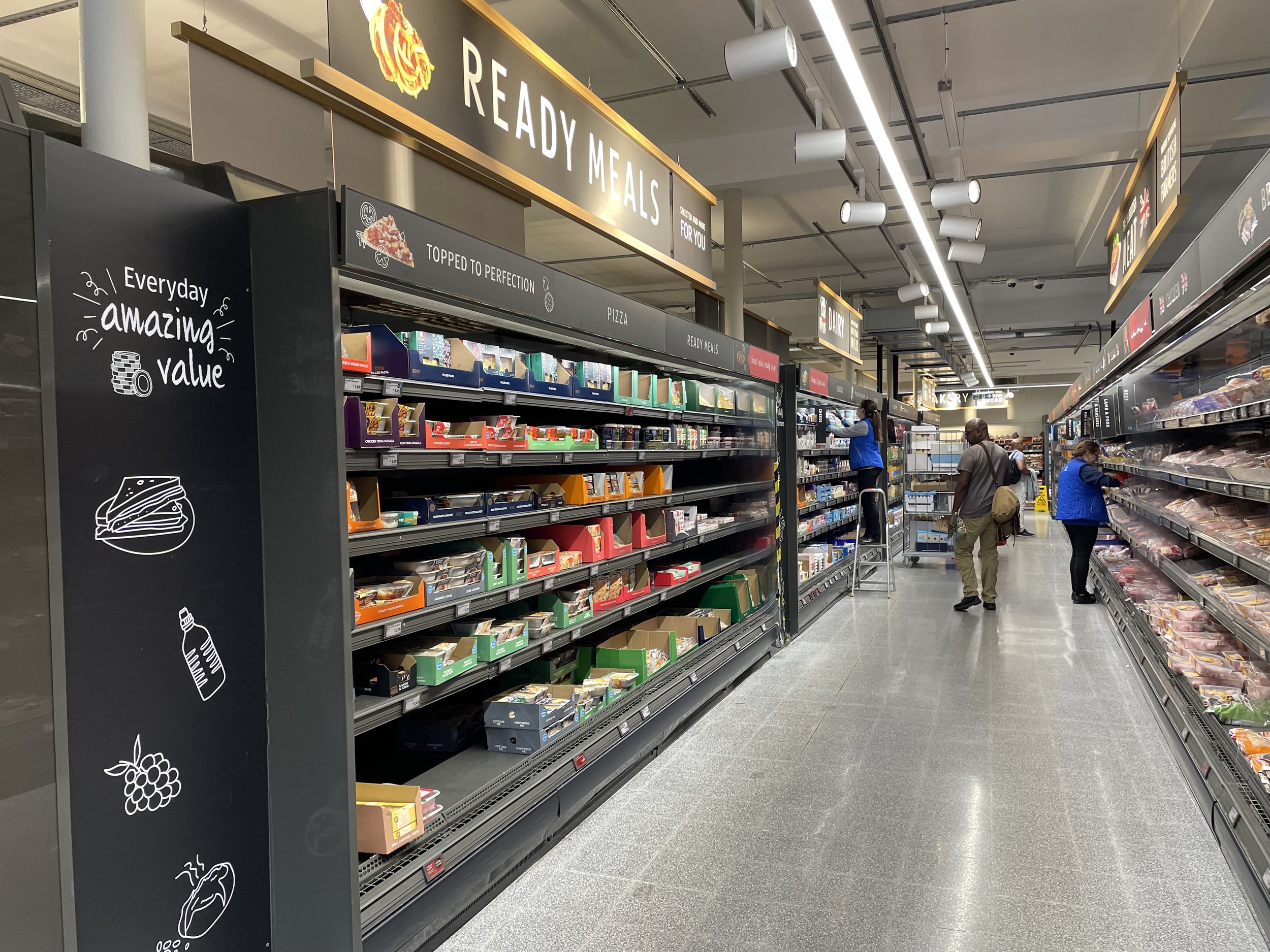Inflation in the UK - How retailers answer?
As the Inflation grows sharply around the world, it is interesting to see how different approaches have been brought into play to tackle the inflation. The UK is facing some of the steepest the inflation numbers. Therefore it is a market worth having a look.
We toured multiple stores in the greater London area. Stores included ones from the market leaders such as Tesco and Morrisons as well as challengers like Aldi.
One notable point to emphasise is how the customer communication and in-store marketing focus are moving strongly towards price. Tesco also strongly communicates its Clubcard offers in variety of product categories. When entering Tesco and Sainsbury’s customer sees almost immediately a big sign stating “Aldi price match”.
One might ask what is the point of giving Aldi all this free advertising? Shouldn’t a retailer focus on its own strengths instead of looking to how others do their business?
Obviously the price match is there to convince the customer that the retailer has cheap prices. Aldi is just used as a well know reference point of lowest prices. However, this might just turn against the retailers themselves. They really reinforce the customer’s perception of Aldi as a price leader.
On the other hand, when visiting Aldi, the customer sees quite a lot of brand and image marketing. Good quality is emphasised and the price point is communicated in a very subtle way.
Aldi in store communication
Aldi has all the space for differentiation while others scream for only prices they match with Aldi.
Another very interesting approach is the “price lock” campaign. For a fixed time period the retailers “lock” the prices of a number of products. This is to gain the trust with the customers as many prices are rising.
Asda and Sainsbury’s are most active users of the price lock. With Asda the selected products with price lock status will have the same price for the rest of the year. Quite a long time in these uncertain times.
As the inflation doesn’t have any signs of slowing down, the retailers all over the world will have to be creative. We will probably see more ways of tackling the speedy price increases.
Discounters have a structural advantage with the business models of small assortments and efficient operations. As the inflation is increasing and the pressure from the customers is building up, the big chains will have significant challenges in curbing the growth of Aldi & Lidl. They have grown significantly in many markets since the 2008 financial crisis (already 15% combined market share in the UK). Will we now see a new wave of growth for them?






